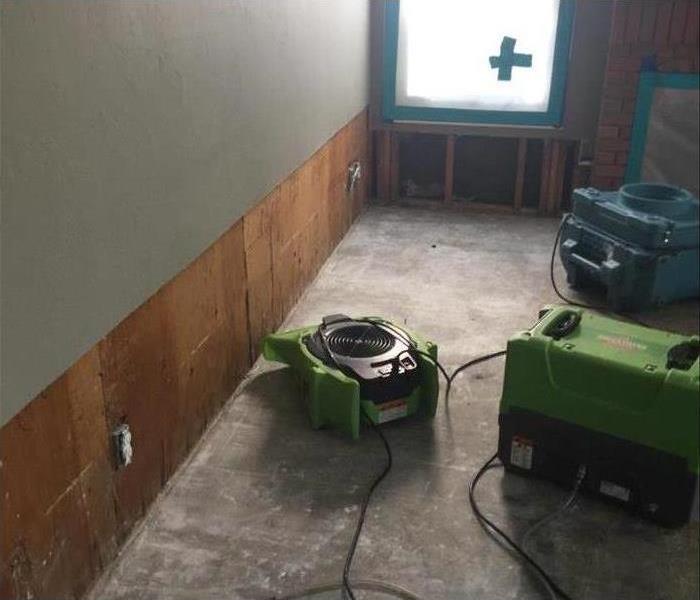5 Steps for Avoiding Mold and Sewage Contamination After Flooding
1/13/2022 (Permalink)
After A Flood, Here Are 5 Steps To Avoid Mold And Sewage Contamination.
Restoring your home and salvaging your property after a flood requires a lot of time and effort. This is especially true if your Anaheim, CA, property has been affected by black water or sewage. When this is the case, you'll want to take steps to correct the unsanitary conditions, avoiding mold growth by disinfecting any areas that were contaminated.
1. Keep Everyone Safe
The very first step in this process is to establish safety for anyone who participates in the cleanup. Your efforts to maintain safety should include the following:
- Shut off the electricity to the flooded spaces.
- Do not operate electrical equipment in flooded areas.
- Use protection for your eyes, mouth, and hands.
- Assess the type of flood water in the home.
- Don't attempt to work in black water (anything contaminated by sewage).
Once you have taken the above steps, you can continue to clean up your home.
2. Take Pictures and Write Descriptions
Your next step for recovering from flooding is to document the damage. Take a lot of pictures of the rooms in your home and all of the damage, both inside and outside. This information will help you work with your insurance company.
3. Prevent Further Water Damage
Next, focus on repairs in places where water could still get into your home. For example, cover broken windows or complete repairs on damaged roofing.
4. Act Fast To Dry Out Your Home
One of the most important steps to safeguard against mold growth is to circulate air through the home, making sure you can dry out every corner and hard-to-reach area. If the weather is appropriate, open windows, and if it's safe to use electricity, start fans.
5. Contact Professionals
Sewage loss carries serious risks associated with the rising flood water. The contaminants in sewage may include E. coli and cryptosporidiosis. After flooding, put a stop to further contamination with the help of trained flood remediation professionals.
After a flood, you need to move quickly to clean up your home and prevent mold growth. Ensure the property is safe, then take steps to sanitize and restore the home with the help of trained professionals.





 24/7 Emergency Service
24/7 Emergency Service
